How to Bridge ETH to Arbitrum?
Abstract: Bridging ETH to Arbitrum involves transferring assets from Ethereum's mainnet to the Arbitrum network. Users can do this through a bridge interface on the official Arbitrum portal. The bridging process will take some time due to confirmation wait times. As always, users must proceed with caution when dealing with cryptocurrencies.
Understanding Ethereum and Arbitrum
What is Ethereum?
Ethereum represents a pivotal advancement in blockchain technology, standing as a decentralized, open-source system known for its smart contract functionality. As the second-largest cryptocurrency platform by market capitalization, just behind Bitcoin, Ethereum offers a robust framework for developers and users alike to create and use decentralized applications (dApps). It operates on a proof-of-work mechanism, which is transitioning to proof-of-stake to enhance its scalability and reduce its environmental impact.
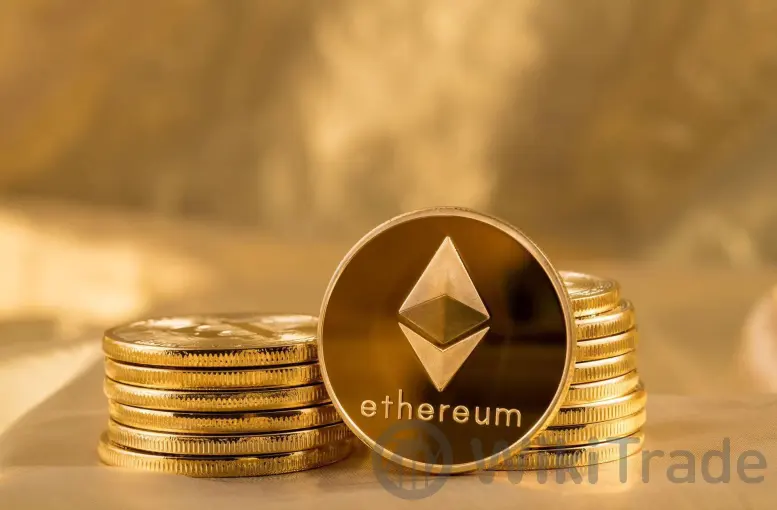
What is Arbitrum and How Does it Enhance Ethereum?
Arbitrum is a cutting-edge Layer 2 solution specifically designed to scale Ethereum by handling transactions off the main Ethereum blockchain (Layer 1). By processing transactions on a secondary layer and then recording them on the main blockchain, Arbitrum dramatically enhances transaction speed and reduces costs. This method retains the decentralized security of Ethereum while allowing for a higher throughput of transactions. Essentially, Arbitrum addresses the primary limitations of Ethereum—namely, its scalability issues and high gas fees—without compromising on security.
Setting Up MetaMask for Arbitrum
Installing MetaMask
MetaMask is a critical tool for interacting with the Ethereum blockchain and its various Layer 2 solutions, including Arbitrum. To start using Arbitrum, you first need to install MetaMask. This wallet is available as a browser extension compatible with Chrome, Firefox, Brave, and Edge, as well as a mobile app for iOS and Android devices. To install MetaMask, visit the official MetaMask website, select the appropriate version for your browser or mobile device, and follow the installation instructions. This process typically involves agreeing to the terms of service, creating a wallet, and securely backing up your private keys.

How to Add Arbitrum Network to MetaMask
Once MetaMask is installed, adding the Arbitrum network is a straightforward process that integrates seamlessly with your existing Ethereum setup. Heres a step-by-step guide on how to add the Arbitrum network to your MetaMask wallet:
Open MetaMask: Click on the MetaMask icon in your browser or open the app on your mobile device.
Go to Settings: Navigate to the settings menu, which is accessible through the icon with three horizontal lines or directly in the dropdown menu, depending on your version of MetaMask.
Select 'Networks': Within the settings menu, you will find an option for 'Networks', which allows you to view and manage the blockchain networks your wallet can access.
Click on 'Add Network': This option enables you to configure a new network in your MetaMask wallet.
Enter Arbitrum Network Details: In the 'Add Network' form, you will need to input several pieces of information specific to the Arbitrum network. This includes the Network Name (Arbitrum One), New RPC URL (https://arb1.arbitrum.io/rpc), Chain ID (42161), Currency Symbol (ETH), and Block Explorer URL (https://arbiscan.io/). This information can be found on the official Arbitrum documentation or trusted crypto websites.
By following these steps, your MetaMask wallet will be connected to the Arbitrum network, allowing you to interact with dApps on Arbitrum, bridge assets, and perform transactions more efficiently than on the main Ethereum network.
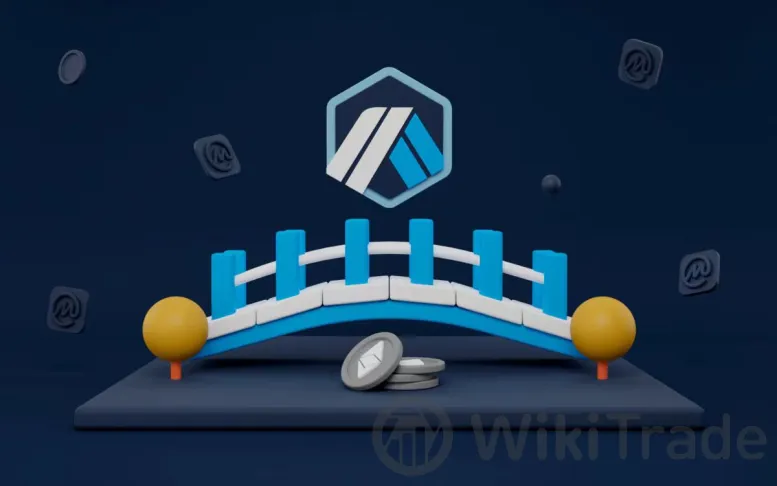
Bridging ETH from Ethereum to Arbitrum
Step-by-Step Guide to Bridging ETH
Bridging Ethereum (ETH) to the Arbitrum network is an essential process for users who want to take advantage of the lower transaction fees and faster speeds offered by the Layer 2 solution. Heres a detailed guide to safely and efficiently bridge your ETH:
Connect MetaMask to Ethereum: Ensure that your MetaMask wallet is set to the Ethereum network. This is crucial as you'll be sending ETH from this network.
Visit an Official ETH-Arbitrum Bridge Website: Navigate to an official bridging service. The most commonly used and reliable option is the Arbitrum Bridge (bridge.arbitrum.io). Its important to use official links to avoid phishing sites.
Connect Your MetaMask Wallet: On the bridge website, you will find an option to connect your wallet. Select MetaMask and authorize the connection, allowing the bridge to interact with your wallet.
Enter the Amount of ETH You Wish to Bridge: Once your wallet is connected, enter the amount of ETH you would like to transfer to the Arbitrum network. Its a good practice to start with a small amount to ensure everything works smoothly.
Confirm the Transaction: Review the transaction details, including the network fees and the final amount you will receive after bridging. Confirm the transaction in MetaMask.
Wait for the Bridging Process to Complete: The transaction may take a few minutes to complete depending on the current load on both Ethereum and Arbitrum networks. Once done, your ETH will be available on the Arbitrum network.
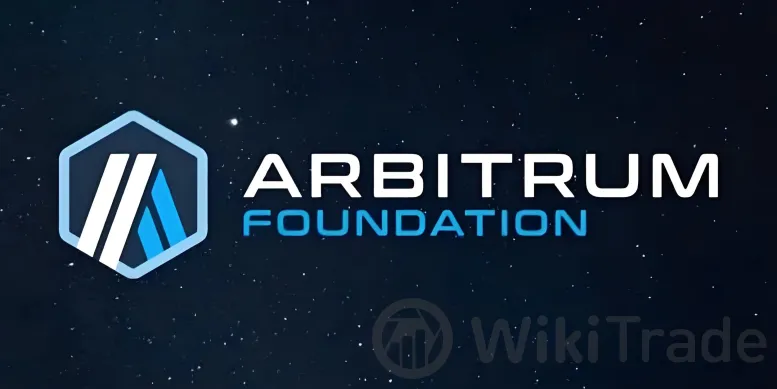
Safety and Security Tips
Double-Check URLs and SSL Certificates: Before entering any sensitive information, verify that the website URL is correct and that the site has a valid SSL certificate (indicated by HTTPS in the URL and often a padlock icon in the address bar).
Use Official Bridges: Always use the official Arbitrum bridge. Avoid links from unverified sources, as they can lead to scams.
Consider Network Congestion: Be aware of the Ethereum networks congestion level as it impacts transaction fees and times. Opt to bridge during off-peak hours if possible.
Transactions on Arbitrum
Understanding Transaction Fees and Times
Transactions on Arbitrum are not only faster but also significantly cheaper than those on the main Ethereum network. This efficiency is due to Arbitrums off-chain processing. However, transaction fees can still vary based on the network's congestion. During periods of high demand, fees may increase, although they generally remain lower than those on the main Ethereum blockchain.
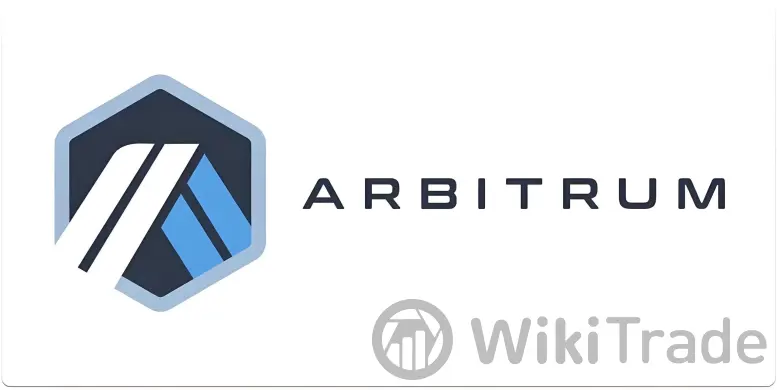
How to View Transactions on Arbitrum
After bridging your ETH or conducting any transactions on Arbitrum, you might want to check their status or view their details:
In MetaMask: MetaMask automatically tracks your transactions, including those on the Arbitrum network, once you add it as a network. You can view transaction histories directly in the wallet interface.
Using Arbitrum Block Explorers: For a more detailed analysis, you can use Arbitrum-specific block explorers like Arbiscan (https://arbiscan.io/). These platforms provide detailed information about transactions, including block confirmations, wallet addresses involved, and exact amounts transferred.
Advantages of Using Arbitrum
Arbitrum has emerged as a leading Layer 2 scaling solution for Ethereum, addressing some of the inherent limitations of the main Ethereum network, such as high gas fees and slower transaction times. Heres a closer look at the benefits it offers:
Lower Fees and Faster Transactions
One of the most significant advantages of using Arbitrum is the reduction in transaction fees. Because Arbitrum operates off-chain and batches transactions before finalizing them on the Ethereum mainnet, it can offer considerably lower fees. This is particularly beneficial during times of high network activity on Ethereum, where gas fees can become prohibitively expensive.
In addition to lower costs, transactions on Arbitrum are processed faster than on the main Ethereum network. This increase in speed is due to the efficient processing of batches of transactions that Arbitrum implements, which reduces the time each transaction waits to be included in a block.
Increased Scalability
Arbitrum enhances the scalability of Ethereum by handling transactions off the main chain and only interacting with it to record final states. This method significantly reduces the burden on Ethereums network, allowing it to scale more effectively and accommodate a larger number of transactions. This scalability is crucial as Ethereum continues to be the backbone of various decentralized applications and new blockchain projects.
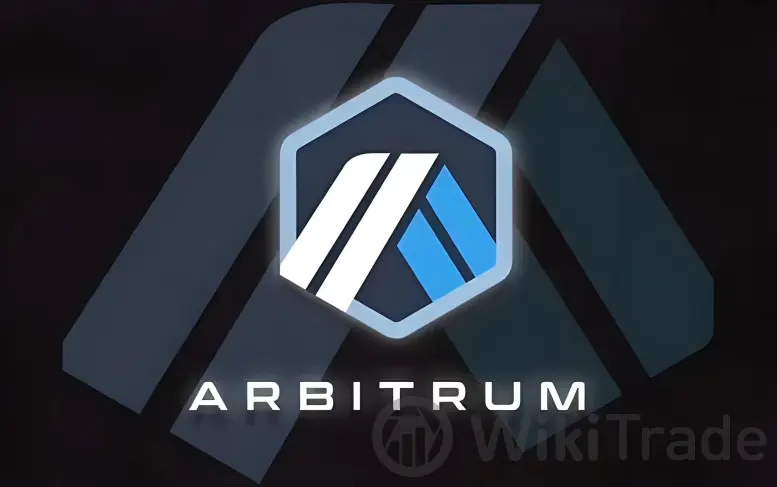
Common Pitfalls and How to Avoid Them
While Arbitrum offers numerous benefits, users should be aware of potential pitfalls and know how to navigate these challenges:
Network Congestion Issues
Despite its efficiency and scalability, Arbitrum is not immune to congestion. During peak times, when many users are transacting simultaneously, even Arbitrum can experience delays. These periods may lead to increased transaction fees and longer processing times.
How to Avoid Congestion Issues
Plan Your Transactions: If possible, plan your transactions for off-peak times. You can monitor the network activity on various analytics platforms to choose a time when the network is less congested.
Stay Informed: Keeping up with Arbitrums updates and community discussions can provide insights into the best times to transact and any impending upgrades that might affect transaction speeds and costs.
Avoiding Common Scams
As with any online financial activity, the risk of scams is significant. Users of Arbitrum, like those of other blockchain networks, need to be vigilant about security.
How to Stay Safe
Verify Sources and Links: Always double-check the URLs you are using, especially when going to bridge or transact. Scammers often create fake websites that mimic legitimate services to steal your funds.
Be Cautious with Unsolicited Offers: Be wary of unsolicited offers received through email, social media, or even direct messages on platforms. If something seems too good to be true, it probably is.
Use Official Information Channels: Follow Arbitrums official channels for the most accurate and reliable information. This includes their official website, verified social media accounts, and official community discussion forums.
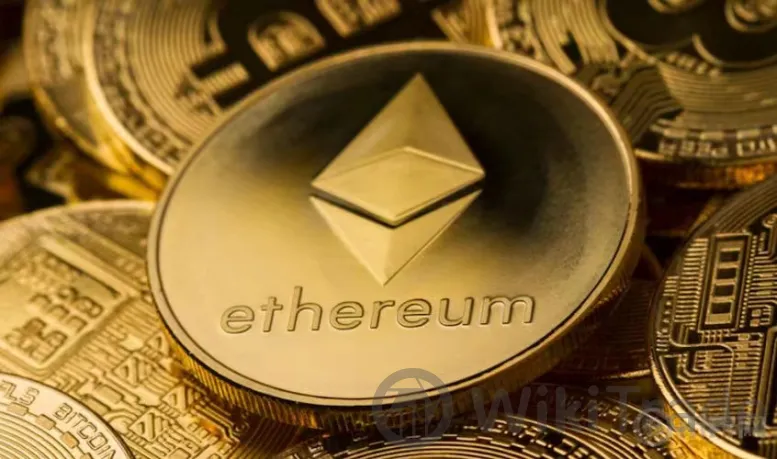
FAQs
What is the cost to bridge ETH to Arbitrum?
When bridging Ethereum (ETH) to Arbitrum, the costs incurred are primarily based on the gas fees of the Ethereum network at the time of the transaction. These fees can fluctuate significantly depending on the network's congestion. The actual cost will also include any additional fees charged by the bridging service used.
Factors Influencing Costs:
Network Traffic: Higher network activity leads to higher gas fees.
Transaction Complexity: More complex transactions require more gas.
Bridging Service Fees: Some bridges may charge a service fee on top of Ethereum gas fees.
How long does it take to bridge ETH to Arbitrum?
The time it takes to bridge ETH to Arbitrum typically ranges from a few minutes to possibly longer during periods of high congestion on the Ethereum network. The duration depends on several factors:
Factors Affecting Transaction Time:
Ethereum Network Congestion: More transactions in the queue can lead to longer processing times.
Gas Fee Allocation: Transactions with higher gas fees are prioritized by the network, so allocating a higher fee can reduce waiting time.
Bridging Service Efficiency: Some bridges may process transactions faster than others.
Is Arbitrum safe to use?
Arbitrum is considered safe and secure, as it inherits the robust security features of the Ethereum blockchain. However, users must take precautions to ensure they are using reputable and verified platforms and bridges. Always verify the authenticity of the bridge service and ensure it has a strong track record of security and reliability.
Security Best Practices:
Use Trusted Platforms: Only use well-known and highly recommended bridging services.
Enable Security Features: Utilize all available security features such as two-factor authentication (2FA) on any platform.
Regularly Update Security Settings: Keep your software and wallets updated to protect against vulnerabilities.

Can I reverse a transaction once it's bridged to Arbitrum?
Transactions bridged to Arbitrum are irreversible in the sense that you cannot “undo” a transaction once it has been executed and confirmed. However, you can transfer your assets back to Ethereum or any other destination by initiating a new transaction, subject to the usual transaction costs and network conditions.
Where can I find more information about Arbitrum?
For those seeking more detailed information about Arbitrum, consider the following sources:
Recommended Information Sources:
Official Arbitrum Documentation: This is the most authoritative source of information, providing detailed guidance and technical specifications.
Educational Platforms: Websites like CoinMarketCap, CoinGecko, and CryptoCompare often have educational sections with user-friendly articles and guides.
Community Forums: Engaging with community forums and discussion groups can provide real-time insights and user experiences.
Here are some related information resources.




Top News
 WikiTrade
WikiTrade WikiTrade
WikiTrade WikiTrade
WikiTrade WikiTrade
WikiTrade WikiTrade
WikiTrade WikiTrade
WikiTrade WikiTrade
WikiTrade WikiTrade
WikiTrade WikiTrade
WikiTrade WikiTrade
WikiTrade


